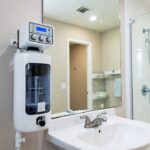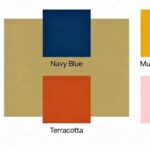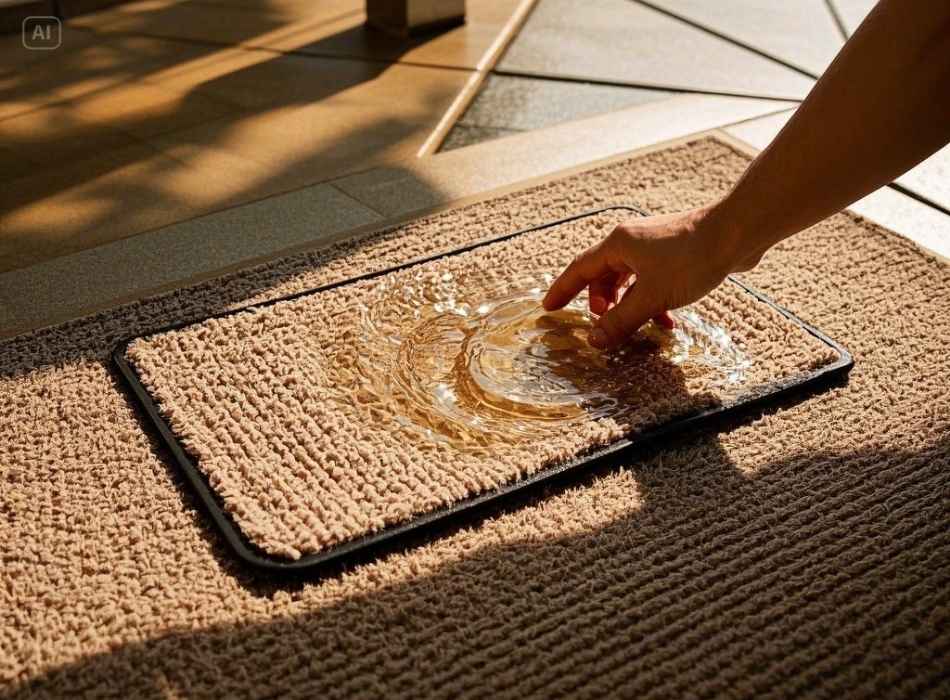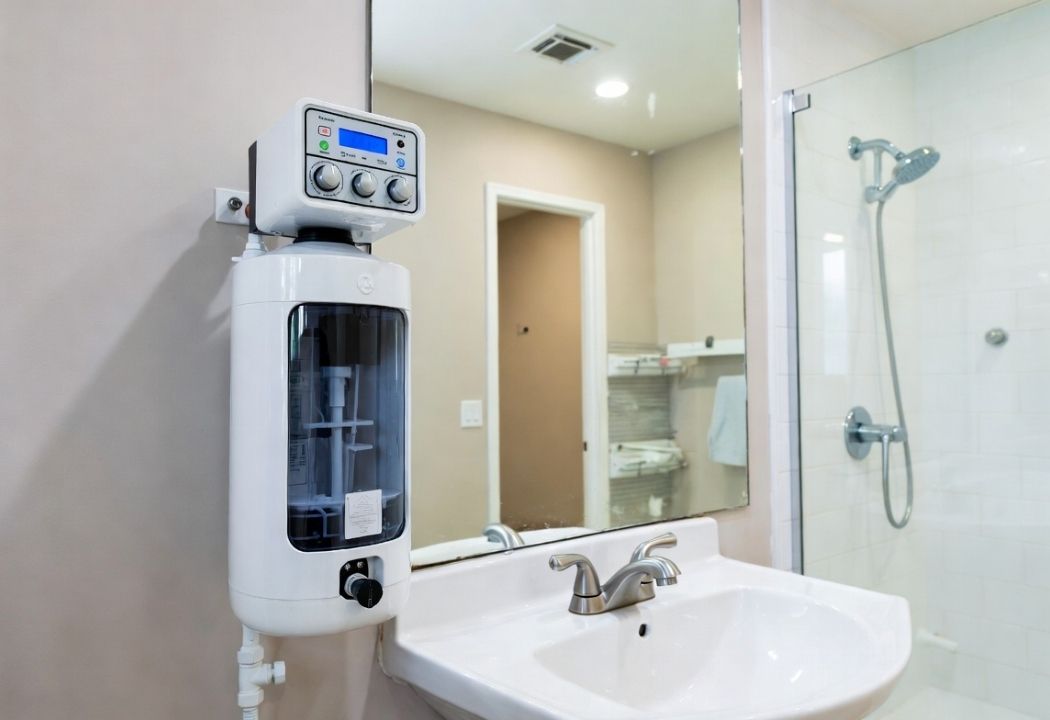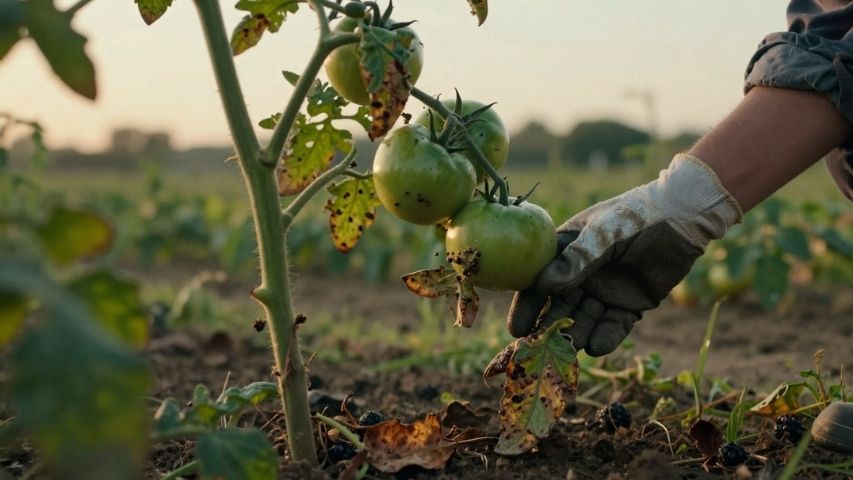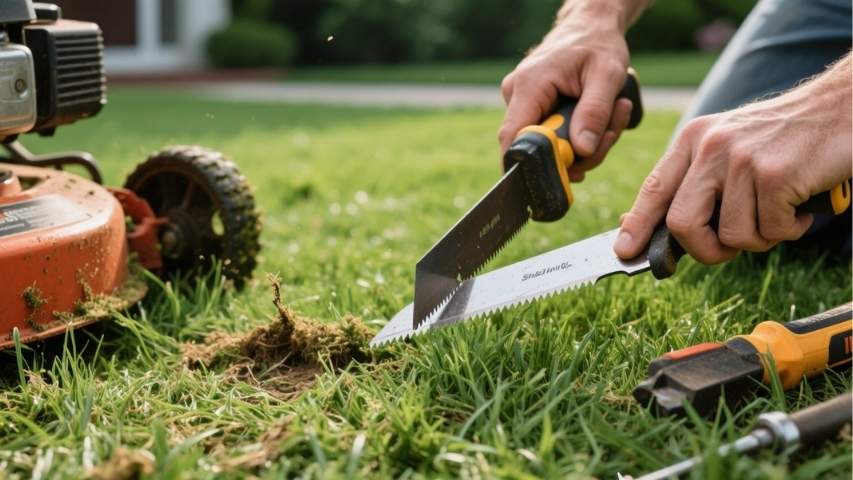Outdoor carpets are an increasingly popular option for patios, decks, and other outdoor spaces. They add a touch of style and comfort while also protecting surfaces. But if you’re considering installing an outdoor carpet, you might wonder: Is outdoor carpet water permeable? And if so, how does that impact its performance and maintenance?
This blog will help homeowners, landscapers, and DIY enthusiasts understand water permeability, how it applies to outdoor carpets, and whether it’s a feature you should consider for your space. By the end, you’ll have all the information you need to decide on your outdoor area.
What Does “Water Permeable” Mean?
Before discussing outdoor carpets specifically, it’s essential to understand what “water-permeable” means.
A material is considered water permeable if it allows water to pass through rather than trapping it. Permeable materials often have a porous structure or perforations that allow water to flow easily.
Water permeability is a valuable characteristic for outdoor applications. It helps prevent water from pooling on the surface, reducing the risk of slipping, water damage, or mold growth. This feature can impact their performance, durability, and suitability for specific environments when applied to outdoor carpets.
But does this mean every outdoor carpet is water-permeable? Let’s find out.
Are Outdoor Carpets Water Permeable?
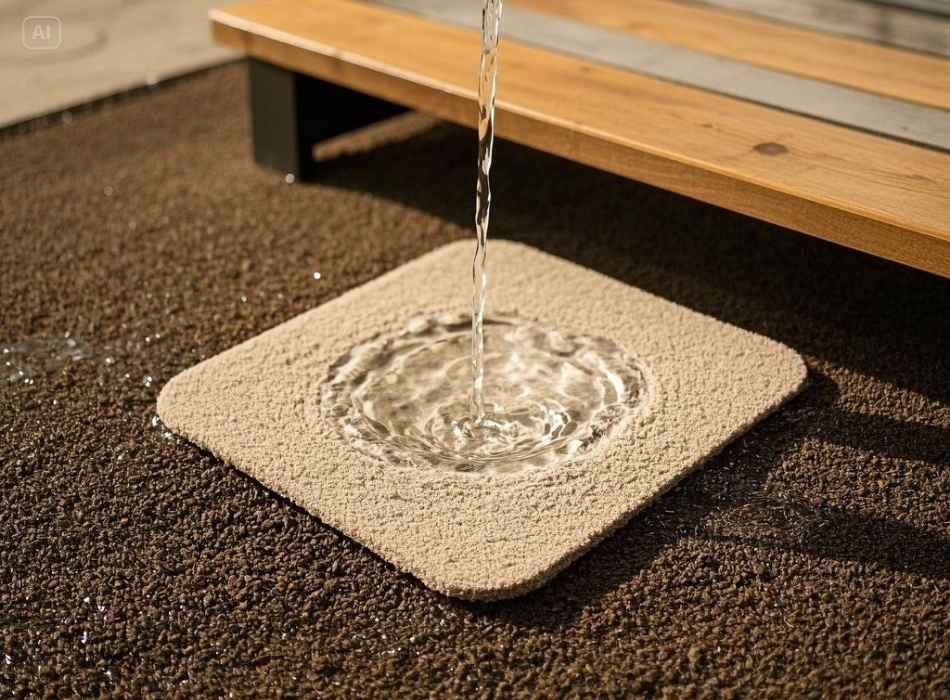
Whether an outdoor carpet is water-permeable depends on its materials and construction. Not all outdoor carpets offer water permeability, as this characteristic varies between designs. Here’s what you need to know about outdoor rugs and their relationship with water.
1. Rubber-Backed Outdoor Carpets
Rubber-backed outdoor carpets are designed with a non-permeable backing that prevents water from seeping through. While this prevents water from penetrating the carpet and affecting the surface below, it may also pool water on top of the rug if there is no proper drainage.
These carpets are best used where keeping the surface beneath the rug dry is essential, such as on wooden decks or patios.
2. Marine Carpets
Marine carpets, often used on boats or around pools, are typically made from synthetic fibers like polypropylene, which dry quickly and resist water. Many marine carpets are water-permeable because they are designed to allow water to drain away quickly, preventing long-term moisture retention and potential damage.
These are excellent for areas prone to heavy water exposure, such as pool decks or spots with regular rainfall.
3. Needle-Punched Outdoor Carpets
Needle-punched outdoor carpets are commonly water-permeable. They are made from interlocking synthetic fibers that allow water to pass through easily, making them ideal for areas exposed to rain or high humidity.
These carpets enable water drainage, and their quick-drying properties help prevent mold and mildew development.
4. Natural Fiber Outdoor Carpets
Natural fibers like jute or seagrass are less commonly used outdoors but might still appeal to some homeowners. While these carpets may offer some water permeability, they are generally less moisture-resistant than synthetic options. Extended exposure to water can break down the fibers over time, making them less ideal for outdoor use unless used in shaded, less exposed areas.
Benefits of Using a Water-Permeable Outdoor Carpet
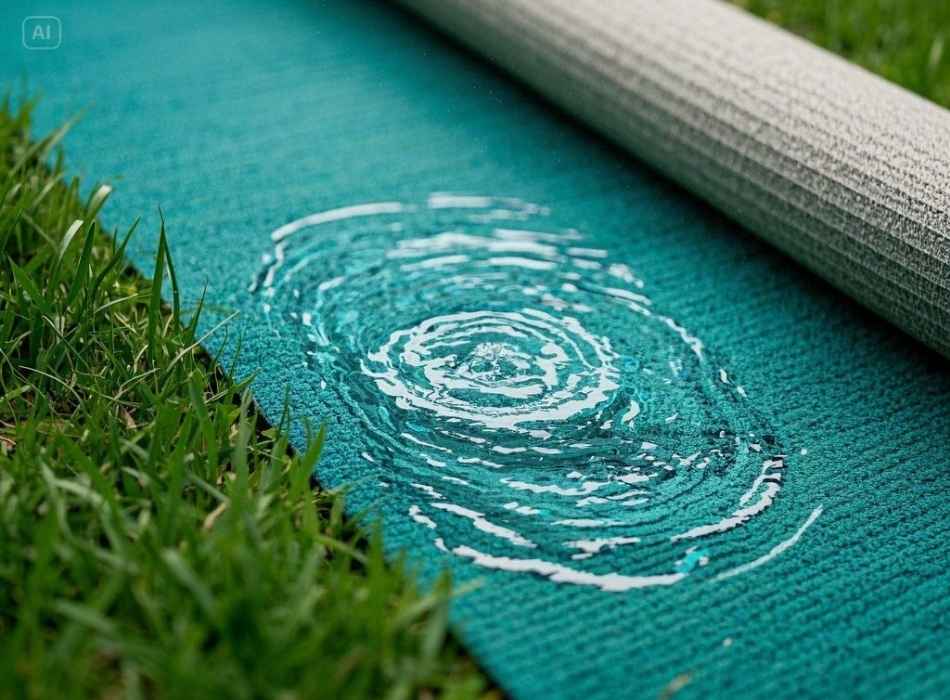
If you’re considering a water-permeable outdoor carpet, here are some advantages you should know about.
1. Reduced Risk of Water Damage
Water-permeable carpets significantly reduce the chances of puddles forming on the surface. This helps protect the underlying material, whether a wooden deck, concrete patio, or other outdoor flooring.
2. Quick Drying
Since water can pass through water-permeable carpets, they dry much faster after rain or spills. This reduces the likelihood of mold, mildew, or unpleasant odors forming.
3. Improved Safety
Permeable carpets prevent water from pooling, reducing the risk of slipping accidents and keeping outdoor spaces safe for you, your family, and your guests.
4. Consistent Aesthetic Appeal
Water-permeable carpets maintain their appearance better over time due to their ability to resist moisture damage. This means no unsightly staining or warping caused by trapped water.
5. Eco-Friendly Options
Some water-permeable carpets are also environmentally friendly. Their design helps promote sustainable drainage systems by allowing rainwater to filter into the ground instead of running off into storm drains. They can also aid in water conservation by minimizing the need for irrigation, making them a great choice for those looking to reduce their environmental impact.
6. Easy Maintenance
Water-permeable carpets are relatively easy to maintain and clean compared to traditional carpets. Due to their design, they do not trap dirt and debris as easily, making vacuuming and spot cleaning a breeze. Some manufacturers even offer specialized cleaning products specifically designed for these carpets. Additionally, since they do not retain moisture, they are less susceptible to mold and mildew growth, making them a healthier option for your home or business.
Where Should Water-Permeable Outdoor Carpets Be Used?
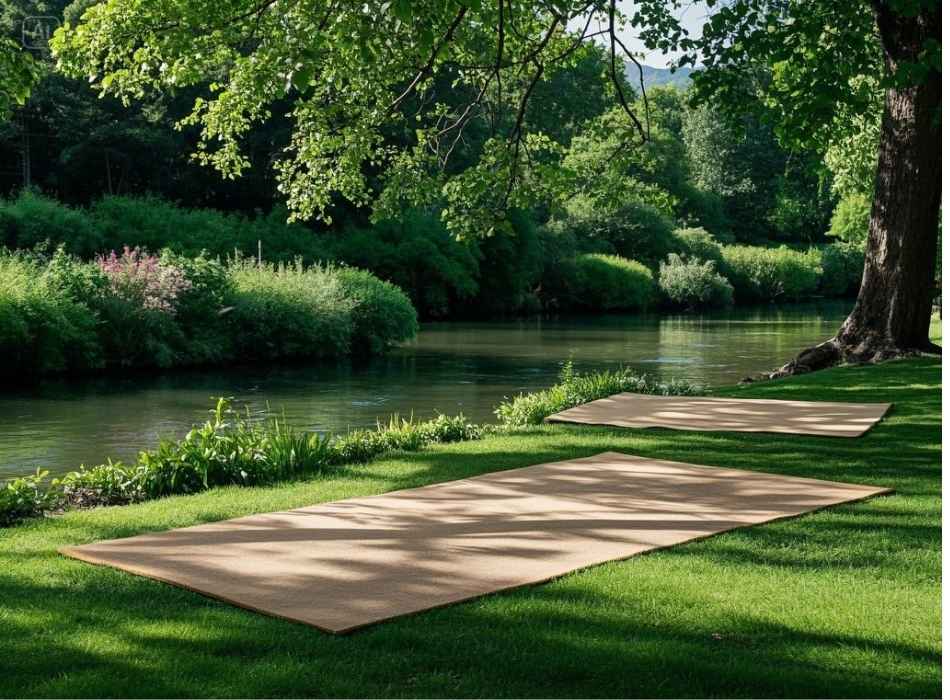
Water-permeable carpets offer versatility in various outdoor spaces. Here are some ideal use cases for these carpets.
1. Poolside Areas
The ability to drain water quickly makes permeable outdoor carpets ideal for pool areas, ensuring the surface remains safe and free from pooling water.
2. Patios with Poor Drainage
If your patio struggles with adequate drainage, a permeable carpet can help prevent water buildup and keep the surface dry and safe.
3. Garden Paths or Entryways
If they’re water-permeable, outdoor carp easily handle dew or rainwater handle dew or rainwater, making them practical for entryways exposed to the elements.
4. Outdoor Play Areas
Keep outdoor play areas safe with permeable carpets that prevent slick surfaces and dry quickly after rain. This ensures your kids have a comfortable, secure space to play.
5. Outdoor Events or Parties
Permeable carpets can add a touch of elegance to outdoor events, such as weddings or parties, primarily if the event is on grass or other natural surfaces. They provide a stable surface for tables and chairs and allow guests to walk around without getting their shoes dirty or sinking into wet ground. Additionally, they can help prevent any accidents caused by slippery surfaces.
6. Pet-Friendly Spaces
If you have pets that spend time outdoors, permeable carpets can be a great addition to your yard or patio. They provide a comfortable and safe surface for pets to play on while preventing muddy paw prints from being tracked inside. Additionally, permeable carpets are resistant to pet urine and do not retain odors, making them an excellent option for pet owners.
Moreover, permeable carpets can also benefit your pets’ health by reducing the heat absorbed into the ground. This can help prevent your pets from burning their paws on hot surfaces during warmer months. Incorporating permeable carpets into your outdoor space can create a more enjoyable and safe environment for you and your furry companions.
7. Eco-Friendly Option
Permeable carpets are an environmentally friendly choice for outdoor spaces. They allow rainwater to seep through the surface and replenish groundwater instead of contributing to surface runoff, which can lead to flooding and pollution of waterways. These carpets are often made from sustainable materials such as recycled plastic bottles, making them a great alternative to traditional non-permeable outdoor flooring options. By choosing permeable carpets for your outdoor space, you are creating a more comfortable and safe environment for your pets and doing your part in protecting the planet.
8. Low Maintenance
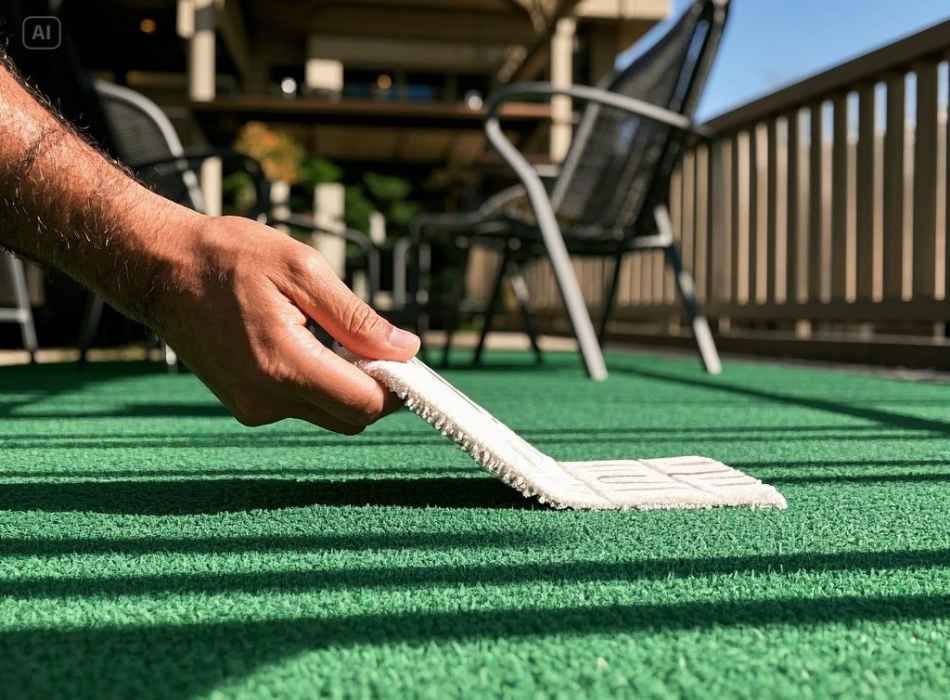
Permeable carpets require very little maintenance compared to other outdoor flooring options. They do not need to be mowed or watered like grass lawns or require regular cleaning and sealing like concrete or pavers. With permeable carpets, you can enjoy a beautiful and functional outdoor space without the hassle of constant upkeep.
Not only is this beneficial for busy pet owners who may not have the time to maintain their outdoor spaces, but it also reduces water usage and chemical pollutants from cleaning and sealing products. This makes permeable carpets an environmentally friendly choice for your pets and the planet.
9. Versatility and Design Options
Permeable carpets come in various designs, colors, and patterns, allowing for endless design options for your outdoor space. You can choose a rug that complements your home’s exterior or something more playful to match your pet’s personality. With permeable carpets, you can also easily create designated areas for your pets to play or relax, adding functionality and style to your outdoor space.
Additionally, permeable carpets can be used in various outdoor settings, such as patios, decks, balconies, and even around pools. Their versatility allows you to use them in any outdoor area where your pet spends time.
10. Easy Maintenance
Permeable carpets are designed to withstand the elements and heavy foot traffic from humans and pets. Compared to traditional outdoor flooring options like concrete or wood, they require minimal maintenance. With regular cleaning and occasional deep cleaning, your carpet will stay looking fresh and new for years to come.
How to Choose the Best Outdoor Carpet for Your Needs
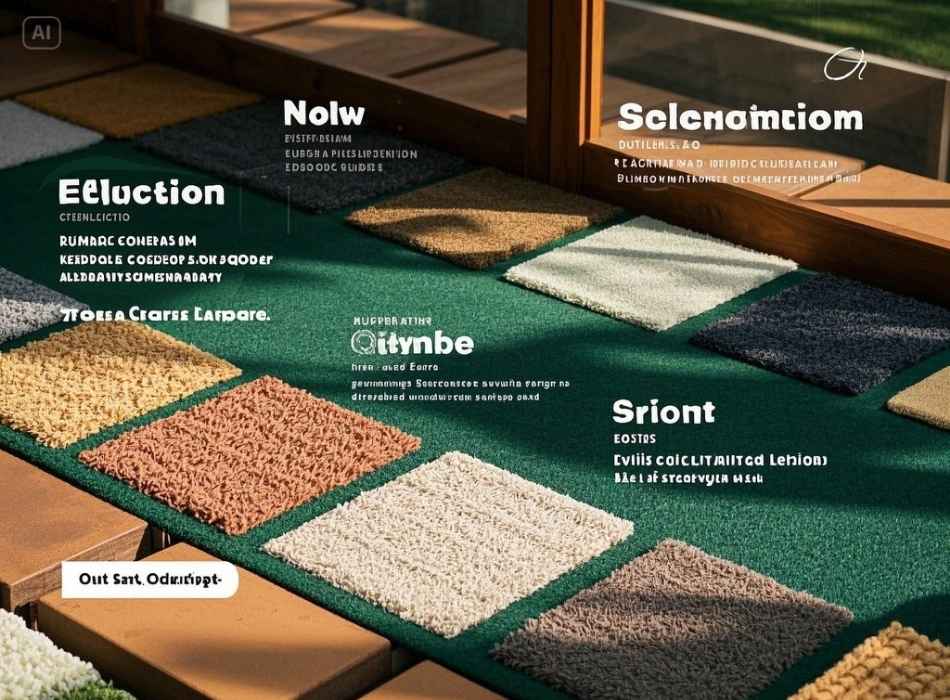
With so many options available, here’s a quick guide to help you choose the right outdoor carpet for your needs.
1. Consider the Climate
A water-permeable carpet is highly recommended if you live in an area with heavy rainfall or high humidity. It will handle wet conditions better and dry significantly faster than non-permeable options.
2. Assess the Space
Think about where the carpet will be placed. If it’s in an area with poor drainage, ensure you choose a permeable option to prevent water pooling. For areas where keeping the surface underneath dry is a priority, a rubber-backed carpet might be a better fit.
3. Material Matters
Synthetic materials like polypropylene and nylon are excellent choices for outdoor carpets due to their durability and water-resistant properties. Avoid natural fibers for areas with regular water exposure.
4. Look for Maintenance Requirements
Water-permeable outdoor carpets are often easier to maintain as they dry quickly and resist mold and mildew. Check the care instructions before purchasing to ensure the rug suits your lifestyle. Some materials may require more frequent cleaning or unique products.
5. Consider Color and Design Options
Outdoor carpets come in various colors, patterns, and textures to fit your aesthetic preferences. Consider the overall design of your outdoor space and choose a rug that complements it. Additionally, darker colors hide dirt and stains better than lighter ones.
6. Invest in Proper Installation
Proper installation is crucial for the longevity and performance of outdoor carpets. Follow the manufacturer’s instructions or hire a professional for installation to ensure the carpet is secure and properly stretched out on the surface. This will also prevent any tripping hazards or wrinkles in the carpet.
Additionally, consider using a non-slip rug pad underneath the outdoor carpet to prevent slippage and add cushioning for extra comfort. This will also help protect the carpet from wear and tear caused by constant foot traffic.
7. Regular Maintenance is Key
Just like indoor carpets, regular maintenance is necessary to keep your outdoor rug looking its best. Sweep or vacuum regularly to remove debris and prevent it from getting trapped in the carpet’s fibers. For tougher stains, spot clean with a mixture of mild detergent and water, then rinse with a hose and allow to air dry. Avoid using harsh chemicals or high-pressure washers, as they can damage the carpet fibers.
Regular maintenance not only keeps your outdoor carpet looking clean and fresh but also helps prolong its lifespan. Just like with any other flooring material, proper care and maintenance can make a big difference in how long your outdoor carpet will last. By following these simple steps, you can enjoy your outdoor space for years to come without constantly replacing or repairing your carpet.
8. Consider the Location
When choosing an outdoor carpet, always consider where it will be installed. Is it a high-traffic area? Will it be exposed to direct sunlight or harsh weather conditions? These factors can affect the durability and colorfastness of the carpet over time. For example, a carpet installed in a sunny area may fade faster than one sheltered from the sun. Additionally, high-traffic areas will require a more durable and stain-resistant carpet to withstand heavy use. Therefore, choosing an outdoor rug suitable for your location is essential to ensure longevity.
9. Proper Installation
Installing outdoor carpets correctly is essential for ensuring their longevity. If you plan on installing the carpet yourself, it’s best to seek professional installation services or carefully follow the manufacturer’s instructions. One key factor in proper installation is using the right adhesive for your type of outdoor carpet and surface material. Using the wrong adhesive can lead to bubbling, curling, and other damage.
In addition to adhesive choice, ensuring that the carpet is stretched correctly and secured to the surface is crucial for preventing accidents such as tripping or shifting. Outdoor carpets should also have proper drainage to prevent water buildup and potential mold growth.
10. Maintenance
Regular maintenance is necessary to maintain your outdoor carpet’s appearance and durability. It’s important to regularly sweep or vacuum the surface to remove debris, dirt, and moisture that can cause damage over time. Any spills or stains should be promptly cleaned with a mild soap and water solution.
Additionally, it’s recommended to deep clean outdoor carpet at least once a year using a pressure washer or specialized outdoor carpet cleaner. This will help remove any embedded dirt or stains and keep the fibers looking fresh.
Caring for Your Outdoor Carpet
Follow these simple maintenance tips to ensure your outdoor carpet stays in top condition.
- Regular Cleaning: Regularly sweep or vacuum the carpet to remove dirt, leaves, and debris.
- Prompt Spot Cleaning: Clean spills to prevent stains as soon as they happen.
- Periodic Washing: Hose down the carpet occasionally to rinse off any dirt buildup and allow it to air dry completely.
- Storage: If your outdoor carpet is portable, consider rolling it up and storing it during extreme weather conditions to extend its lifespan.
Elevate Your Outdoor Space with the Right Carpet
Whether you’re looking to style your patio, poolside, or garden path, choosing the right outdoor carpet is critical in aesthetics and functionality. Water-permeable outdoor carpets are an excellent choice for many spaces, offering superior drainage, safety, and durability. By understanding the materials and benefits of outdoor carpets, you can make an informed decision about what works best for your unique requirements.
Ready to transform your outdoor space? Explore a range of water-permeable outdoor carpets today and discover the perfect addition to your home.

